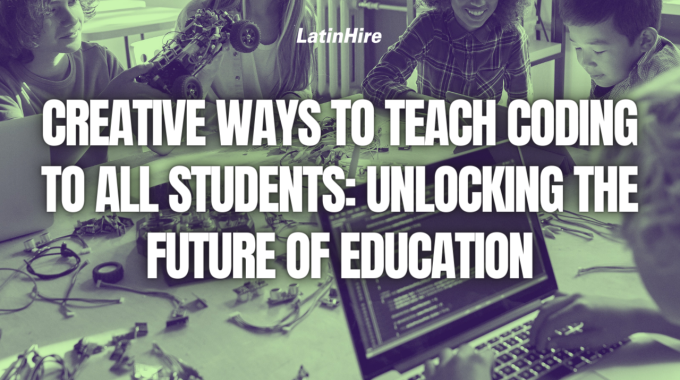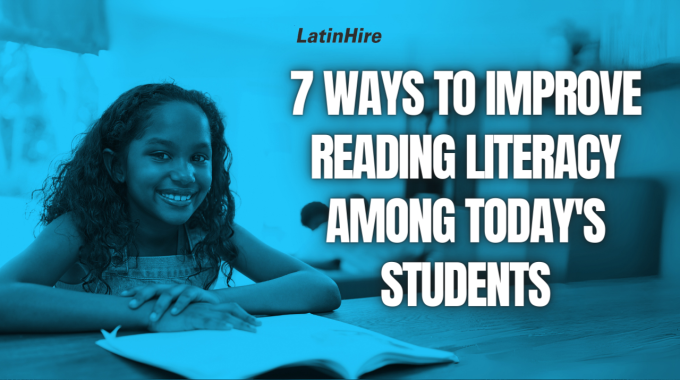It goes without saying that literacy is one of the most important skills to possess…

Creative Ways to Teach Coding to All Students: Unlocking the Future of Education
In an increasingly digital world, the ability to code has become an essential skill for students of all ages. Coding not only fosters creativity and problem-solving but also prepares individuals for jobs of the future.
However, teaching coding to all students can be challenging, as each student has unique learning styles and needs. In this article, we will explore some innovative and inclusive approaches to teach coding that can engage and empower all students, regardless of their background or abilities.
1) Gamification

Gamifying coding education can make it more accessible and enjoyable for students. By turning coding lessons into interactive games or challenges, students can learn programming concepts while having fun.
Platforms like Code.org, Scratch and Tynker offer coding tutorials through games and puzzles, allowing students to learn at their own pace. Gamification creates a friendly and competitive environment that motivates students to explore coding further.
2) Physical Computing
Integrating coding with physical objects can enhance students’ understanding and engagement. Platforms such as Arduino and Raspberry Pi enable students to program and control physical devices like robots, sensors, and lights.
By manipulating tangible objects, students can see the direct impact of their code, making the learning experience more tangible and immersive. Physical computing also encourages collaboration and problem-solving as students work together to bring their creations to life.
3) Visual Programming

Traditional text-based programming languages can sometimes be intimidating for beginners. Visual programming languages like Blockly, Scratch, and App Inventor use visual blocks or drag-and-drop interfaces to represent code, making it easier for students to grasp programming concepts.
Visual programming provides a more intuitive way of learning coding, enabling students to focus on logic and problem-solving rather than syntax. It can be particularly beneficial for younger students or those with learning disabilities.
4) Peer Learning and Collaboration
Encouraging peer learning and collaboration fosters a supportive and inclusive coding environment. Pair programming, where two students work together on a coding task, promotes teamwork, problem-solving, and communication skills.
Collaborative coding projects allow students to leverage each other’s strengths, share knowledge, and learn from different perspectives. By creating opportunities for students to work together, educators can cultivate a sense of community and empower students to become active learners.
5) Real-World Applications

Connecting coding education to real-world applications can make it more relevant and meaningful for students. By presenting coding challenges that relate to their interests or societal issues, students can see the practical implications of coding in their lives.
For example, designing a website for a local nonprofit or creating a mobile app to address a community problem. Integrating real-world applications also helps foster creativity, critical thinking, and problem-solving skills beyond coding itself.
6) Personalized Learning
Recognizing that students have diverse learning needs, personalized learning approaches can be invaluable in teaching coding. Adaptive learning platforms, such as Khan Academy or Codecademy, use algorithms to tailor lessons to individual students’ abilities and progress.
This allows students to learn at their own pace and receive targeted support when needed. Personalized learning ensures that each student receives the attention and resources necessary to succeed in their coding journey.
Do you think it’s necessary for all students to learn coding? Why or why not? Share your opinions with us in the comments below!



